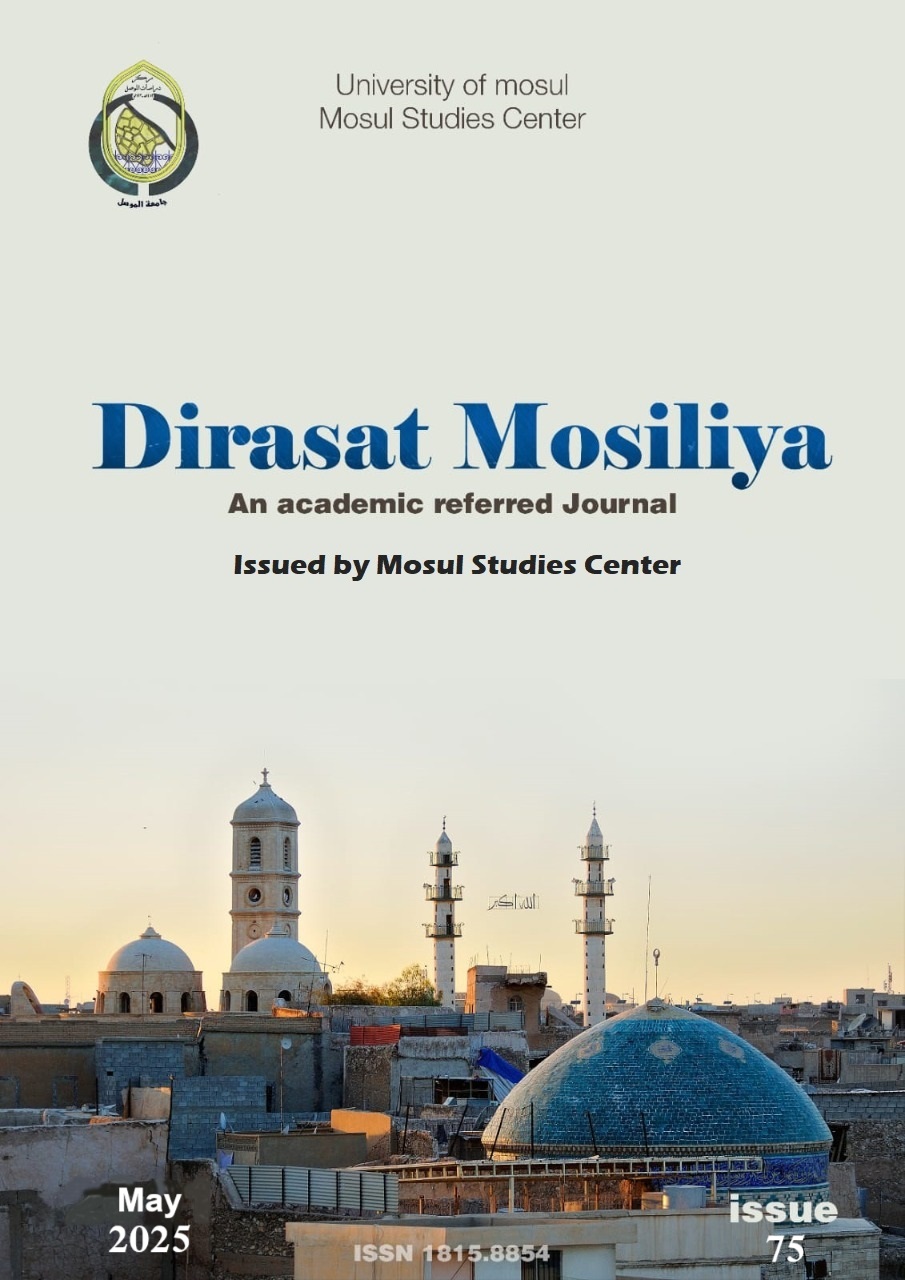Psychological alienation among fourth year middle school students in the city of Mosul
Abstract
The study aims to present the concept of alienation and its types and the problems that result from it, whether social, political, religious and psychological problems that the research focused on as the most important and most common manifestations of alienation such as anxiety, tension, psychological depression, rebellion, and internal and external conflicts between him and others, where feelings of alienation increased and multiplied for the nature of The life that a person lives, which is characterized by contradictions and successive changes, middle school students in government schools in the city of Mosul, morning study for the academic year (2021-2022). The research sample consisted of (800) male and female students. The city of Mosul and identifying the significance of the differences in light of the level of psychological alienation among the fourth preparatory grade students according to the gender variables (males, females) and the academic branch (scientific and literary). Psychological behavior among fourth year middle school students due to the gender variable (males and females) in favor of females, and there are statistically significant differences in the The level of psychological alienation among fourth-grade students of middle school is attributed to the branch variable (scientific - literary) in favor of the literary. The study recommended the necessity of paying attention to lectures, seminars and holding student meetings to achieve social interaction among students who suffer from the problem of psychological alienation and providing the necessary mechanisms or means to overcome their psychological alienation.




